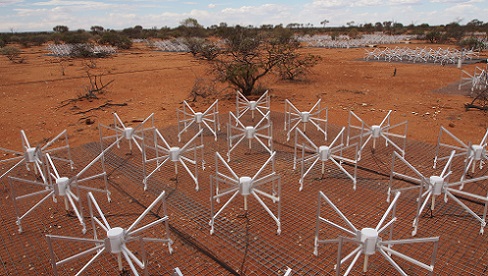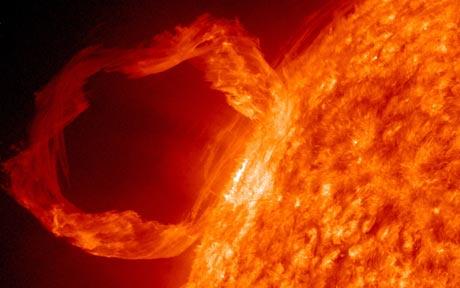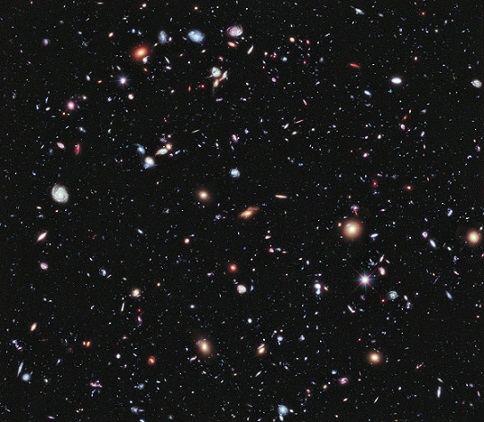Spiders on Mars? No, An Australian Radio Telescope!


Those white insect-like things you see in the picture are not spiders on Mars, but the array that they’re a part of could help astronomers understand how the universe and its life came to be.
What you see there is the Murchison Widefield Array, a newly ready radio telescope in western Australia in a remote area about 300 kilometres northeast of Geraldton. Using more than 2,000 antennas (some of which you can see in that picture), astronomers will soon pick up very faint signals from far into space.
“In addition to helping us see back to the origins of the universe, the array will also help us to understand the interaction between the earth and the sun, give early warning of destructive solar flares and study our galaxy and other galaxies,” stated Kim Carr, the Australian minister for innovation.

The MWA is a powerful telescope in its own right, but what is even more exciting is it will form part of a larger project in the coming years. The Square Kilometre Array will link radio telescopes on two continents — Australia and Africa — to get a fine look at the sky in radio wavelengths.
MWA is just one part of this array. There will also be dish receptors in eight countries in Africa, with the core and some mid-frequency aperture arrays in South Africa’s Karoo desert.
“The SKA will address fundamental unanswered questions about our universe including how the first stars and galaxies formed after the Big Bang, how galaxies have evolved since then, the role of magnetism in the cosmos, the nature of gravity, and the search for life beyond Earth,” the SKA states on its website.
Perhaps the most exciting function of the MWA and the SKA, when it’s fully ready, is the potential to learn more about the early universe. This epoch, which astronomers call the “cosmic dawn”, is when stars and galaxies first came alight, the MWA website states.

The MWA is sensitive enough to detect changes in the “hydrogen line” that are produced when neutral hydrogen atoms change energy levels. Mapping the changes is generally important for astronomical functions such as estimating the mass of galaxies. In the MWA’s case, astronomers aim to seek evidence of the time in (very ancient) history when radiation produced charged particles in the neutral hydrogen that was around shortly after the universe formed.
Additionally, astronomers plan to (among many other projects) use the telescope to examine ancient supernova (star explosions) and to provide information on “space weather” such as solar flares. A big solar flare has the potential to knock out power lines or satellites with its charged particles, so it’s important to get as much warning as possible.
It’ll be neat to see the results produced from MWA. Perhaps the telescope will help us understand a little more about how our universe works.
Howell E (2013-07-22 00:08:25). Spiders on Mars? No, An Australian Radio Telescope!. Australian Science. Retrieved: Dec 13, 2025, from https://ozscience.com/space/spiders-on-mars-no-an-australian-radio-telescope/
 Follow
Follow
1 thought on “Spiders on Mars? No, An Australian Radio Telescope!”
Comments are closed.